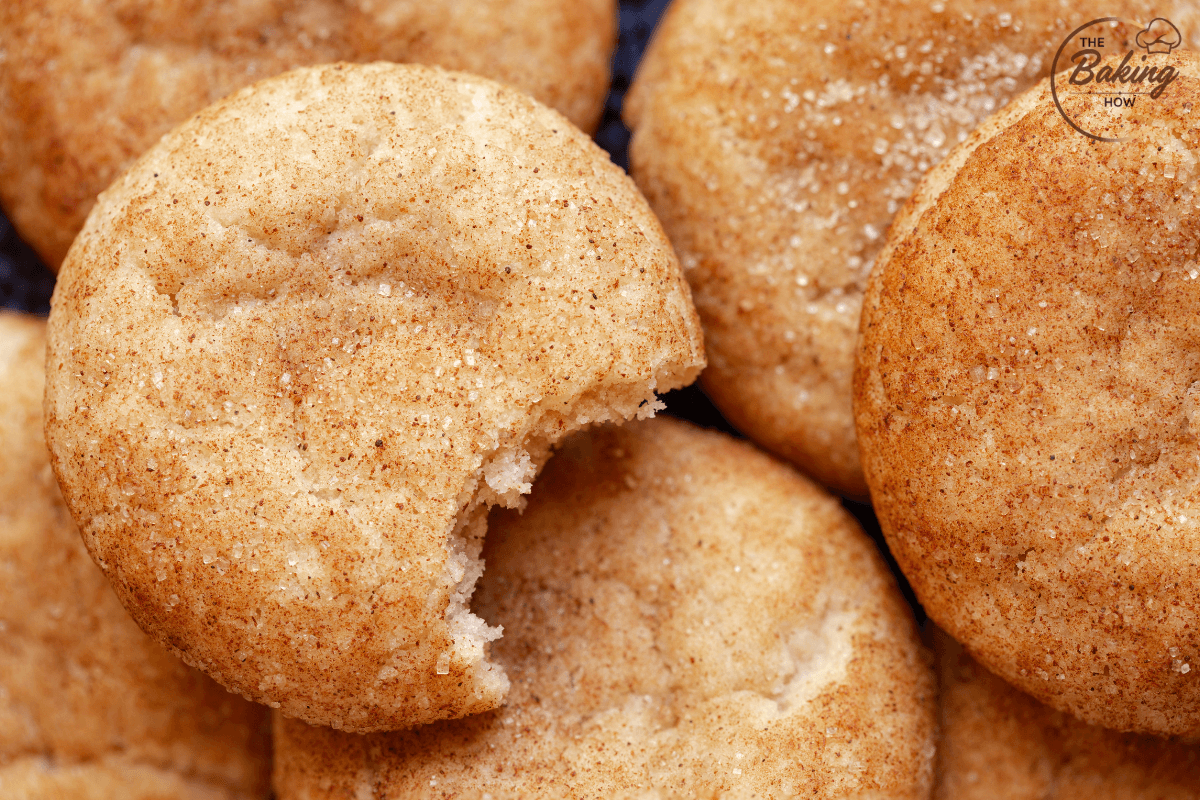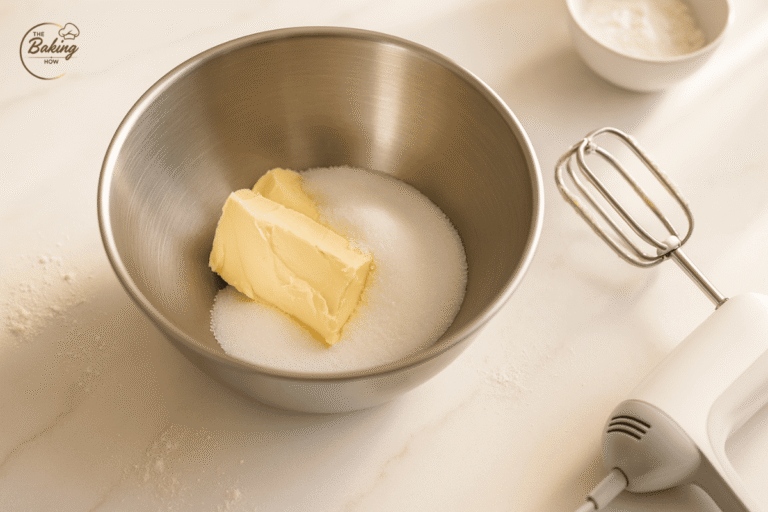Why Are My Cookies Too Soft? (And How to Fix Them)

Have you ever baked cookies—whether casually or for a special occasion—only to wonder, “Why are my cookies too soft?” Maybe they lacked the chew or crispness you expected. You’re not alone!
In the biscuit and cookie industry, we’ve faced this issue countless times. In fact, there have been situations where entire batches were rejected before packing—all because the cookies turned out too soft.
The root causes usually come down to:
- Unbalanced ingredient ratios
- Incorrect mixing methods
- Improper baking temperatures
- Poor dough handling techniques
In this post, we’ll break down the common reasons why cookies turn out too soft and, more importantly, share practical fixes that you can apply—whether you’re baking at home or in a professional setup.
Common Reasons Why Are My Cookies Too Soft
If your cookies keep turning out overly soft, there are a few key reasons behind it. Let’s break down the most common ones:
1. 🧪 Unbalanced Ingredient Ratios
The ingredient ratio in your cookie dough plays a critical role in determining the final texture. When these ratios are off—even slightly—cookies can turn out too soft or even mushy.
- Too much butter: Butter adds richness, but excess butter weakens the cookie’s structure as it melts, leading to overly soft or greasy cookies.
- Too many eggs or liquids: These add moisture and softness, but too much can make the dough overly wet, resulting in soft or cakey cookies.
- Too much leavening agent (baking soda or baking powder): These create lift and spread. Overuse can break down the cookie structure, making it too airy and soft.
- Excess sugar: Sugar affects both flavor and spread. Too much can cause cookies to overspread and become thin and soft in the center.
A balanced recipe is essential to get the desired texture—whether chewy, crisp, or somewhere in between.
🧁 Industry Insight (EEAT):
In the biscuit and cookies industry, we consistently achieve the right texture by following a finalized, well-balanced recipe tailored to the specific cookie type—whether soft, crisp, or chewy. Once perfected, we do not alter the recipe repeatedly, ensuring consistent quality, taste, and structural integrity across every batch.
✅ Learn more about cookie ingredients and how they work.
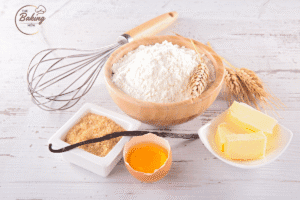
🌀 Incorrect Mixing Methods
After ingredient ratios, another major factor that leads to overly soft cookies is improper mixing technique.
- If you combine all ingredients at once and mix them at high speed, it can overwork the dough and break down the structure.
- Overmixing the dough develops too much gluten (especially in flour-heavy recipes), making it sticky and weakening the cookie’s body.
- Mixing for too long softens the dough, causing the cookies to spread too much and lose their intended texture.
✅ Fix: Follow proper mixing stages — cream butter and sugar first, add eggs slowly, and mix dry ingredients gently at low speed until just combined.
🧑🍳 (From Our Industry):
In commercial cookie production, we follow controlled mixing stages with timers and speed settings. If mixing time exceeds standard, we often get soft or structurally weak cookies. That’s why we never skip mixing SOPs once finalized during R&D.
✅ See common mixing mistakes beginners make.
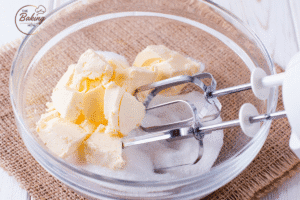
🌡️ Improper Baking Temperatures
After preparing the dough, the next critical stage affecting cookie texture is baking — both temperature and dough piece thickness.
- If you make dough pieces too thick, they may not spread properly in the oven. The edges might bake, but the centers stay soft and underbaked.
- Low baking temperature for an extended time can cause the same issue — the cookies might cook on the outside but remain too soft or raw inside.
- Uneven baking can lead to a soggy, cake-like texture rather than the desired chewy or crispy result.
✅ Fix: Use uniform dough pieces and bake at the recommended temperature for your cookie type — usually between 160–180°C (325–350°F) depending on the oven and batch size.
🏭 From Our Industry
In our baking plants, we maintain standardized dough weights and carefully control oven zones. Even a slight variation in temperature can ruin the texture. That’s why we calibrate ovens regularly and stick to finalized temperature profiles for every cookie type.
✅ Here’s why your cookies may not bake evenly.
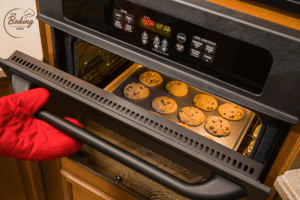
💨 H3: Humidity and Storage Issues
Once cookies are baked, post-baking handling becomes a crucial factor in determining texture.
- Placing hot cookies directly into plastic or glass containers traps steam. This moisture makes cookies turn soft and soggy very quickly.
- On the flip side, leaving cookies out for too long on a cooling rack exposes them to ambient humidity, especially in moist climates — which can also result in a limp, overly soft texture.
✅ Fix: Always allow cookies to cool at room temperature for about 10–15 minutes on a rack, then transfer them to an airtight container once they are completely cool.
🏭 From Our Industry:
In our production environment, we use controlled cooling conveyors where cookies travel for a standard time to cool uniformly. Immediately after cooling, they’re packed without excessive exposure to open air. This helps maintain the ideal crisp and chewy balance in texture.
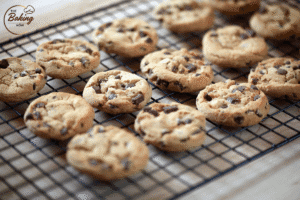
🛠️ Fixes Summary: How to Prevent Your Cookies from Being Too Soft
Baking the perfect cookie is a science — and even small missteps can result in overly soft, limp cookies. Here’s a summary of quick fixes based on the common causes we discussed:
📌 Fix #1: Balance Ingredient Ratios
Getting the perfect cookie texture starts with a well-balanced recipe. If your cookies are too soft and spread too much, try reducing sugar and fat by 5% and increasing flour by 5%. This small adjustment can make a noticeable difference in structure and chewiness.
Always measure leavening agents precisely — for example, 1 gram of baking soda per 1 kg of flour. Avoid using too much liquid (like eggs or milk), as it can weaken dough consistency and lead to overly soft cookies.
👨🏭 From the Industry:
In commercial baking, once we finalize a cookie recipe based on the desired texture, shape, and structure, we never change it. A well-tested formula ensures consistent results across every batch — chewy, crispy, or somewhere in between.
✅ Tip for Home Bakers: Stick to tested ratios and avoid guesswork. It’s the foundation for solving soft cookie issues.
✅ Explore full list of cookie ingredient functions.
📌 Fix #2: Use Correct Mixing Techniques
Mixing isn’t just about combining ingredients — it’s about building the right texture and structure. Incorrect mixing techniques are a common reason why cookies turn out too soft, sticky, or spread too much during baking.
To get the right consistency:
- Stage 1 – Creaming: Mix butter and sugar for 1–2 minutes until light and smooth.
- Stage 2 – Add Liquids: Add eggs or milk gradually and mix for 2–3 minutes to form a uniform mixture.
- Stage 3 – Add Dry Ingredients: Finally, add flour and mix slowly for about 2 minutes. Avoid overmixing — this can weaken the dough structure.
💡 If you feel the dough is too soft at the end of mixing, simply add 3–4 tablespoons of extra flour and give it a quick, gentle mix. This small adjustment can help you reach the ideal dough consistency.
👨🏭 From the Industry:
In our cookie manufacturing experience, we always control mixing stages, speed, and time. This ensures dough strength, avoids overdevelopment of gluten, and maintains batch consistency across production lines.
✅ Pro Tip: Precise mixing is just as important as ingredients. Following the correct order, speed, and timing leads to cookies with better texture, structure, and taste.
✅ Learn the right tools to help mix dough like a pro.
📌 Fix #3: Bake at the Right Temperature and Thickness
Baking temperature and dough thickness directly affect cookie texture. If your cookies come out too soft or underbaked in the center, these factors are often the reason.
✅ Here’s how to do it right:
- Make equal-weight dough pieces to ensure even baking.
- Avoid making cookies too thick — thick dough doesn’t spread properly and remains soft or raw inside.
- Use parchment paper or a non-stick baking tray to prevent uneven browning.
🔥 Always preheat your oven before baking. Set the preheat temperature 20°C higher than your standard baking temperature (e.g., if baking at 180°C, preheat at 200°C).
This ensures the cookies begin baking immediately once inside the oven.
🎯 Recommended baking range: Bake cookies at 175°C to 185°C, depending on your recipe and oven type. Bake the cookies till at a moisture level of below 4%.
👨🏭 From the Industry:
In our factory settings, we standardize dough piece weights and baking temperature for every batch. Uniform oven temperature and accurate dough size are key to achieving crispy edges with a perfectly baked center every time.
✅ Why preheating matters more than you think.
📌 Fix #4: Handle Humidity and Cooling Properly
Once cookies are baked, the cooling and storage process becomes the next critical step to prevent a soft or soggy texture.
✅ Here’s how to do it correctly:
- After baking, place cookies on a cooling rack for about 10 minutes. This allows air to circulate on both sides and removes excess heat evenly.
- Never place hot cookies directly into jars or bags, as trapped steam will soften their texture.
- Once cooled, store cookies in airtight jars or resealable bags to maintain their texture and prevent humidity absorption.
- Ideal room temperature during cooling and packing: 25°C to 26°C with low humidity.
🏭 From the Industry:
In industrial bakeries, we use a cooling conveyor system that cools cookies from both sides efficiently. After cooling, we immediately pack cookies without unnecessary exposure to humid air. On humid days, we control temperature and humidity in the packing area using air conditioning systems to maintain quality and shelf life.
✅ Avoid soggy cookies with these storage tricks.

✅ Final Thoughts
Soft cookies might seem like a small issue, but they can be frustrating — especially when you expect a perfect texture. In this guide, we’ve shared all the possible causes and professional-level solutions for why your cookies turn out too soft.
💡 Whether you’re baking at home or working on recipe development, always focus on:
- Balanced ingredient ratios
- Proper mixing techniques
- Controlled baking temperatures
- Correct humidity and storage practices
🏭 In industry, we finalize recipes after careful trials based on cookie texture, shape, and taste — and then we follow the exact method without changing ratios again and again. This consistency ensures quality every time. You can apply the same principles at home to get bakery-style cookies with perfect structure.
According to food experts, understanding cookie structure and texture science can help you fine-tune your recipe more precisely.

